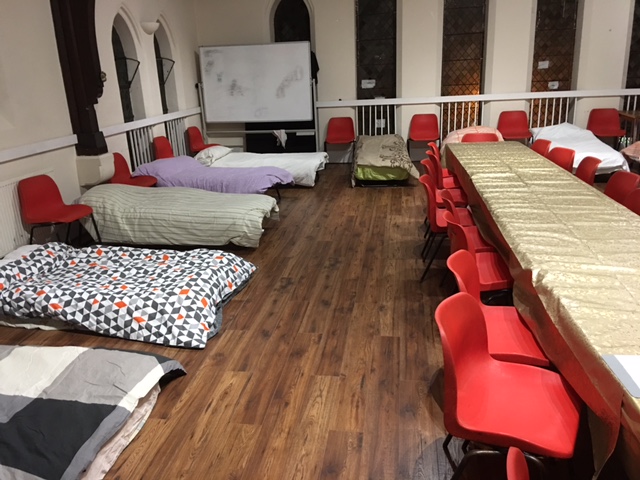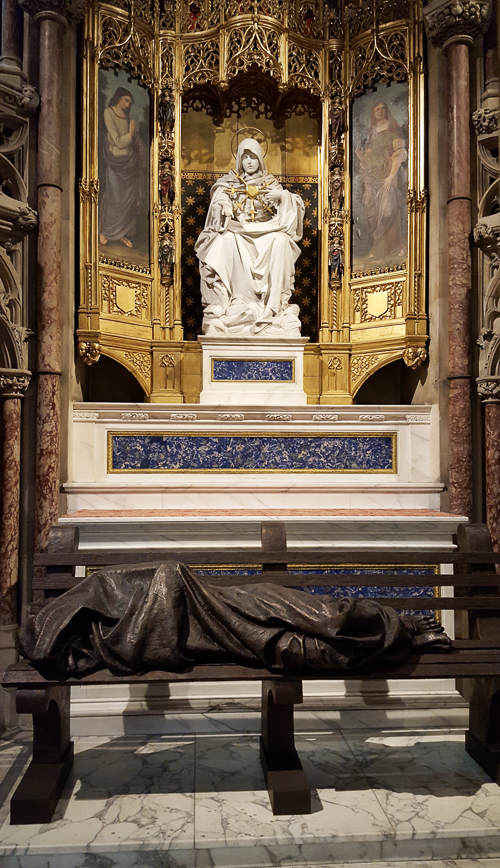ST ANTONY'S HOMELESS SHELTER PROJECT
“I assure you, whatever you did to the least of these brothers of mine, you did it to Me.” Matthew 25:40
Last year over 7,500 people slept rough on the streets of London. Think about that for a moment. We see so many statistics these days that it’s sometimes easy to forget that behind the numbers are real people, living a life with hopes, fears and aspirations.
Last Saturday we welcomed 15 homeless men and women to our parish. Thanks to the amazing generosity and compassion of all those parishioners who helped, beds were prepared, a meal was made and they were given a safe place for the night before giving them a warm breakfast early next morning. While chatting with some of these men and women I noticed that many had stable jobs and a home not so long ago but because of a sudden hike in rent fees or loss of employment, found themselves very quickly sleeping rough. The one thing they all had in common was that, at the moment they were made homeless they didn’t have any support system to turn to. Many didn’t have family to reach out to for various reasons and also, they were not part of a Church community or other kind of social network. I would hope nobody from our parish would have to follow the same path and that our church community could provide the support and contacts anyone would need to avoid being pushed out onto the streets.



